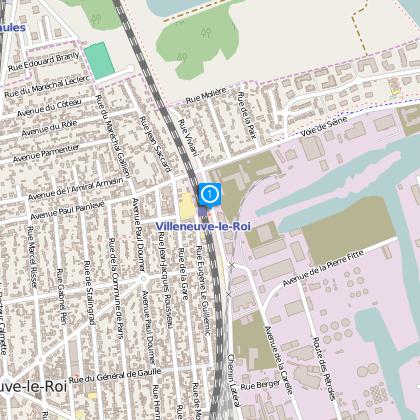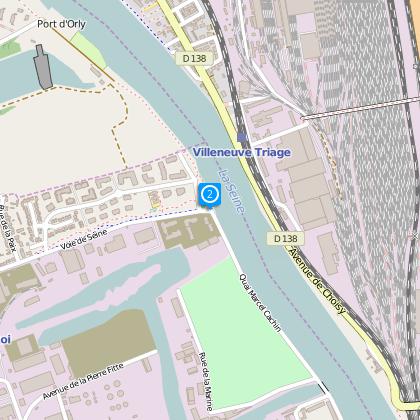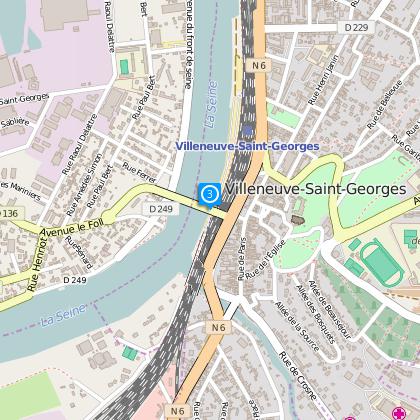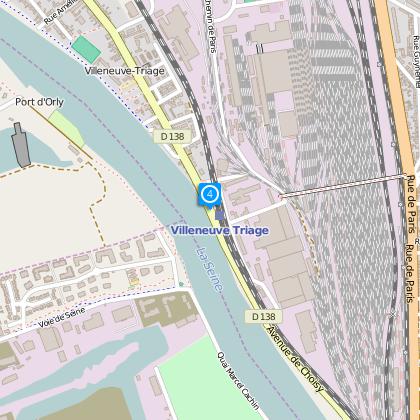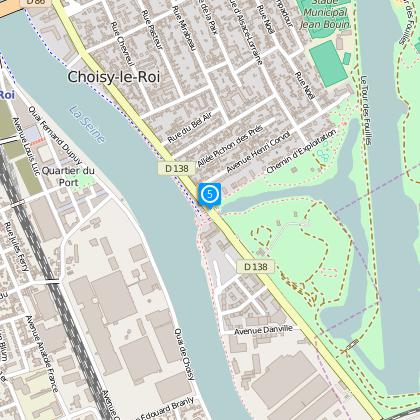Alert
Alerts
The Seine: on the back roads

The Cirkwi brief
Embark on an unusual stroll from the Villeneuve-le-Roi RER C station, traveling through the heart of Seine Amont. This journey, curated by Tourisme-val-de-marne, weaves through industrial past and green escapes, presenting a unique juxtaposition of the urban and the natural along the Seine's banks. Whether traversing manicured quays or untamed paths, the route exposes the area's economic history while offering pockets of greenery amidst the urban sprawl. Let yourself be captivated by the blend of the Seine's calm waters and the vibrancy of life along its edges.
Technical Journey Overview
The 14 km route stretches with minimal altitude variations, starting as low as 30 meters and peaking at 37 meters. The slight positive gradient, about 79 to 78 meters, poses a gentle challenge, making it suitable for walkers of all skill levels. Its urban setting, adorned with bits of green space and historical touches, delivers a rare walking experience. Despite being primarily flat, the journey allows participants to explore urban landscapes intertwined with nature's resilience.
Seasonal Advice for Travelers
In spring, enjoy blossoming greenery and cooler temperatures, making it an ideal time for walking. Summer offers lush landscapes but prepare for warmer weather. Autumn brings a kaleidoscope of colors, providing a picturesque setting, while winter, although cooler, offers a stark beauty with fewer crowds. For safety, always stay on marked paths, carry water, and wear appropriate footwear. Evening walks should be accompanied by a flashlight or reflective clothing.
Historical Echoes of Villeneuve-le-Roi
Villeneuve-le-Roi, nestled within the Val-de-Marne region, echoes the rich tapestry of France’s industrial past and natural beauty. This area, cradled by the Seine, has been a witness to the evolution of transportation and commerce, shaping the economic landscape of the surrounding regions. Its historical significance, contrasted with the serene Parc Interdépartemental des Sports de Choisy Paris Val-de-Marne, highlights the enduring bond between man and nature, making it a fascinating story for history enthusiasts and nature lovers alike.
Climate Tips for Seine Travelers
The Val-de-Marne region experiences a temperate climate, making it inviting for most of the year. Winters are mild, while summers are pleasantly warm, rarely hitting extreme high temperatures. The optimal time for exploring the Seine's banks is during spring and early fall, where moderate temperatures and reduced rainfall create perfect conditions for walking tours. Always check the weather forecast prior to departure, to ensure an enjoyable and safe experience along this historic and natural pathway.
IGN cards
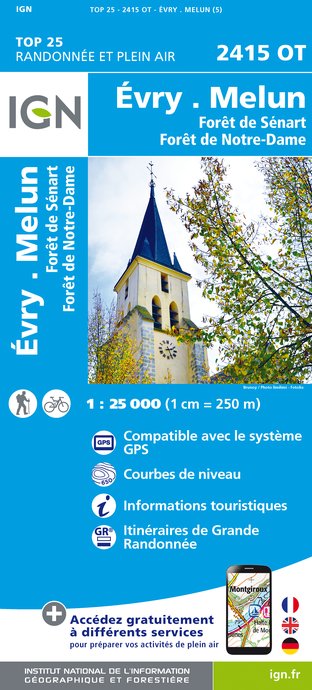
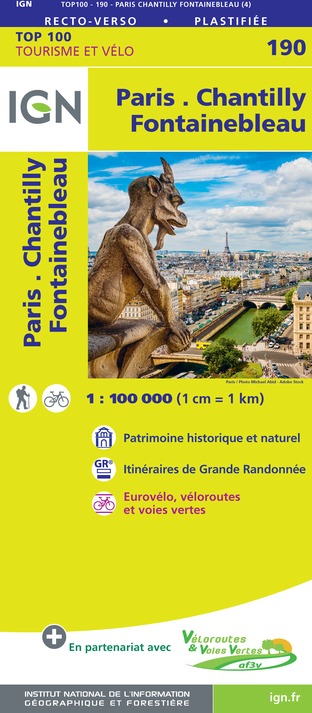

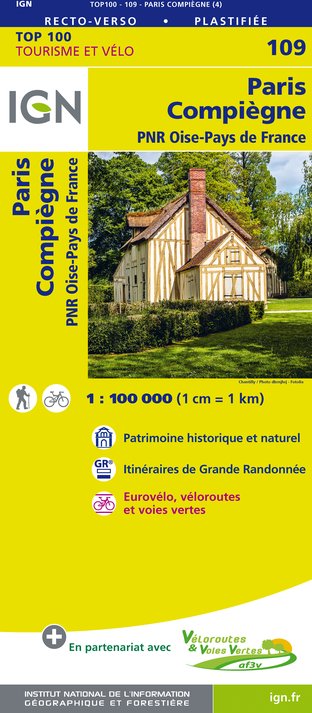
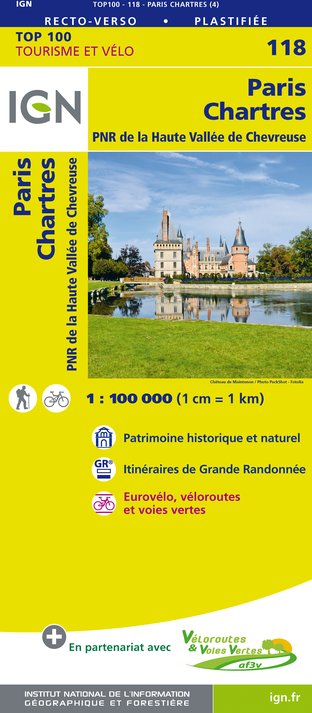


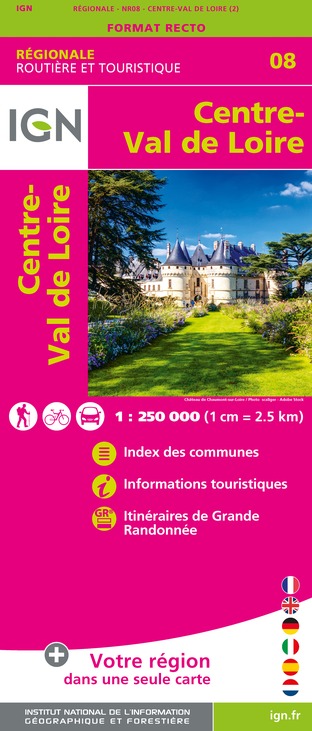


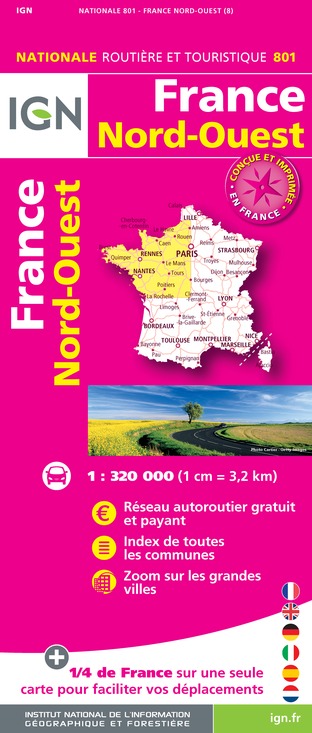

Technical Information
Altimetric profile
Starting point
Steps
Data author

